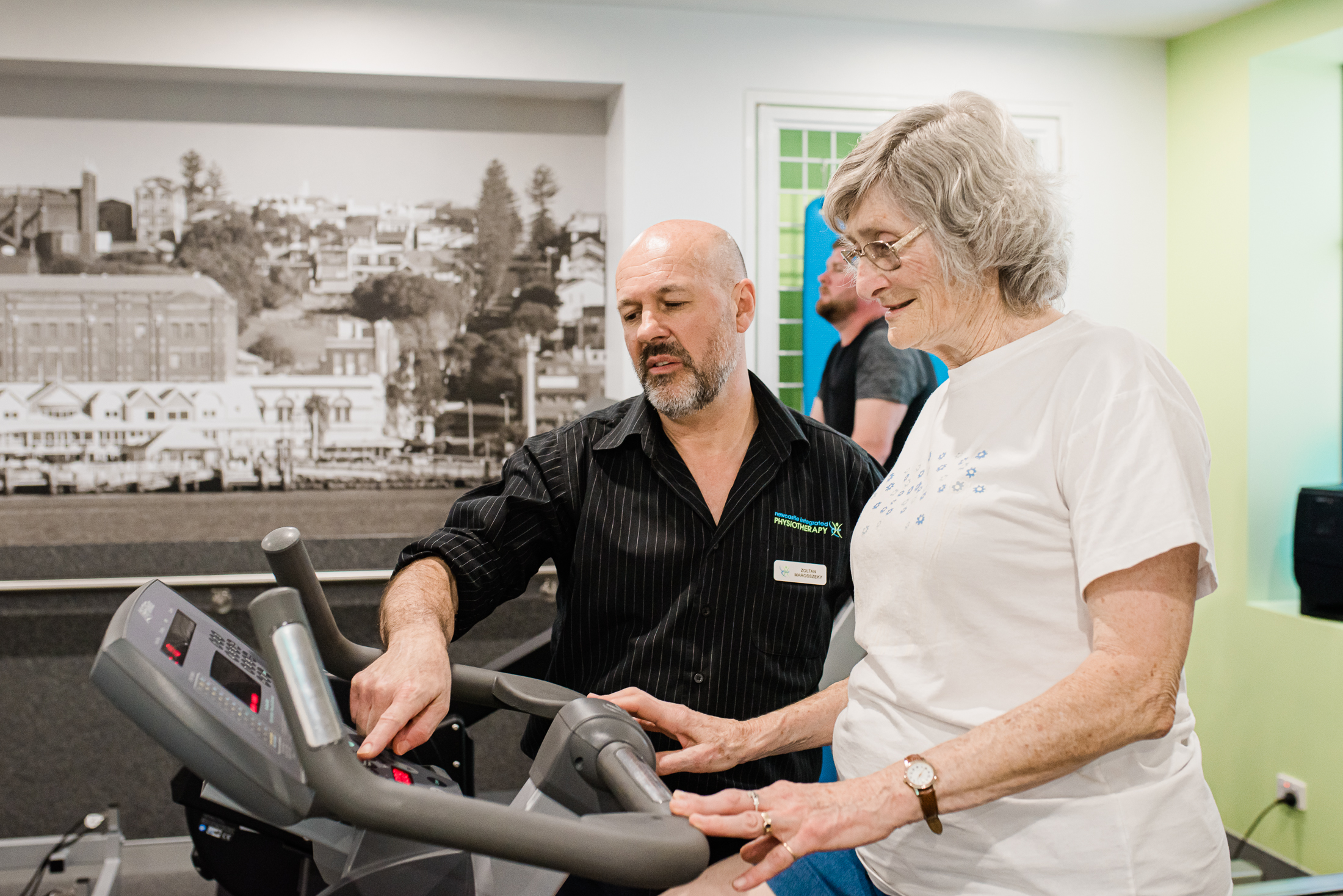If you find you are experiencing an episode of leakage you are probably not alone! 1 in 3 women experience some form of leakage for a variety of reasons many of which are entirely treatable.
Statistics show that 70% of people with urinary incontinence do not seek advice or treatment for their problem (Millard, 1998). Below are some facts on incontinence, and what you can do if you’re experiencing symptoms.
What is Incontinence?
The term ‘Incontinence’ refers to “accidental or involuntary loss of urine from the bladder, or faeces or wind from the bowel” (Continence Foundation of Australia).Incontinence can vary in degree of severity, from a very small leak, to complete loss of bladder or bowel control.
How Many People are Affected by Incontinence?
The incidence of incontinence is widespread, with 4.8 million Australians experiencing bladder or bowel control problems, according to the Continence Foundation of Australia.
Up to 13% of Australian men and 37% of Australian women (i.e. 1 in 3) experience urinary incontinence.
Different Types of Incontinence
There are many different types of incontinence, with the most common ones listed below:* Stress incontinence
* Urge incontinence* Mixed incontinence
Management and Treatment of Incontinence
With appropriate advice and support, incontinence can be managed, and cured in some cases!
Pelvic Floor & Kegel Exercises
Pelvic Floor Exercises are recommended for appropriate management of incontinence. It is important to increase the strength and endurance of pelvic floor muscles, to enable control over the bladder and bowel. The ability to release and relax the pelvic floor is just as important, to avoid overactivity
Gluteal muscle strengthening exercises are also recommended, because they help PFMs to work at optimal length, and help support the pelvis and sacrum (Continence Foundation of Australia).Studies have shown that 84% of women with stress urinary incontinence are cured with PFM training after five physiotherapy sessions (Neumann PB et al., 2005).
When to seek professional help?
Seeking professional help from a specialist physiotherapist is highly recommended for correct education and exercises to reduce incontinence.
Research shows up to 50% of women who attempt Kegel Exercises from a handout get the technique wrong, which can worsen the problem (Bump et al., 1991).Potential implications may include long-term problems such as further weakening of PFMs, continued incontinence, prolapsed or pelvic instability (Continence Foundation of Australia).


